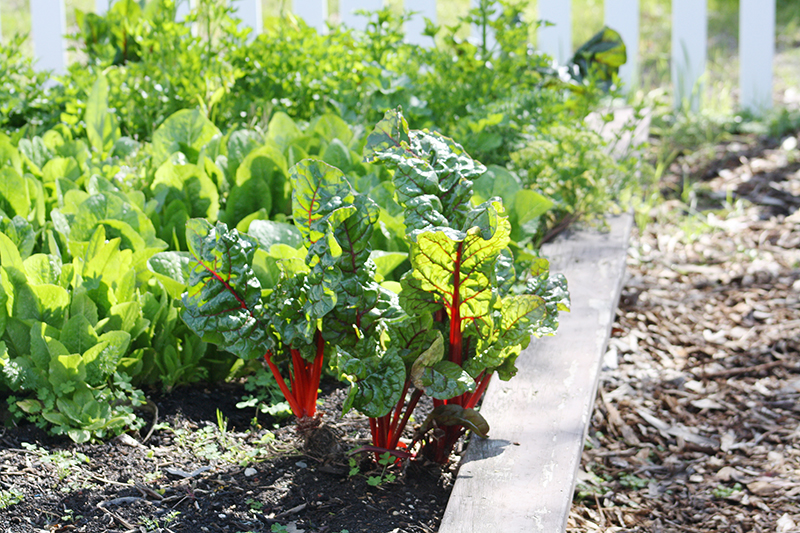by Linda Carloni, ABG Board member and Master Gardener
Make Sure Your Plants are Getting Enough Water
As your plants get larger and the weather gets warmer, keep an eagle eye on the water needs of your veggie plants. While you still have seeds sprouting or very small seedlings, the surface of the soil and the top few inches are critical to keep moist. But as they grow, veggie plants want even moisture in their root zones, not just at the top of the soil where it will evaporate. As they grow, veggies are likely to need water two or three times a week, but it depends a lot on how hot the temperatures are, how much sun your plants get and how fast your soil drains. The best way to see if the soil is moist is to insert a trowel into the bed to a depth of 5 to 8 inches, avoiding the roots. Pull out some soil at the tip of the trowel and feel it to see if it’s moist. If it’s dry, it’s time to irrigate. If the soil is wet, cut back the amount or frequency at which you are watering.
Watering in the early part of the morning is best. Morning watering gives the plant a chance to use the water before the warmer afternoon sun evaporates it. Plus, it keeps the plant leaves drier. Hand watering and sprinklers get the leaves of the plant wet, which can lead to plant diseases. Watering in the morning lets the plant leaves dry more quickly than watering in the evening.
Covering the soil around your plants (mulching) with leaves (not diseased!), chips or straw reduces the amount of water evaporating from the soil, increasing what’s available to your plants. Be careful to keep the mulch a few inches from the stem of the plant. For seeds, using a light mulch of straw is best. You can add more when the plant is bigger.
Provide Support – Physical and Nutritional
Your veggies are likely to need some additional nutrition as they grow, particularly if you did not provide it when you planted. There are lots of different approaches – you can place compost near the plant and water it in, or use a liquid or dry vegetable fertilizer. If you use fertilizer, be sure to follow the directions to avoid burning the plant. More is not better! Having the soil moist before you use the fertilizer is a good idea.
Many plants – not just tomatoes – do better with physical support to keep them off the ground. Tomato cages are also useful for cucumbers, beans, peas and similar vining plants.
And, finally, if you’ve planted seeds, don’t let the plants that have sprouted crowd one another out. If your seeds germinated well, you’ll likely have too many plants for their space. Be ruthless and thin them out so there is actually enough room between plants for the plants remaining to grow to their full size. When in doubt, check your seed packet for final spacing. Thinning promotes bigger plants!
Happy gardening!

